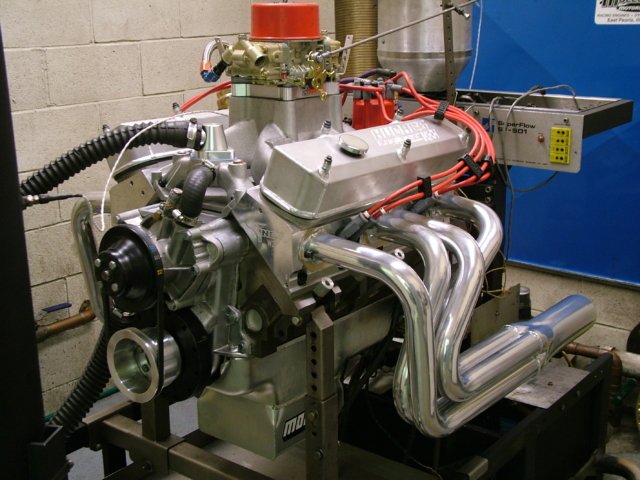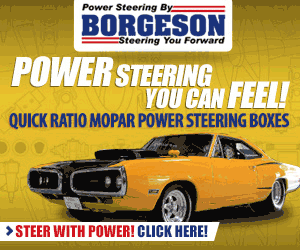
Aside from being a top-shelf supplier of performance parts for Mopar applications, Hughes Engines is an absolute treasure trove of knowledge on how to squeeze every last pony out of your small block, big block, or modern Mopar engine. Their technical article index is chock full of information including this great little snippet answering the age old question of single plane versus dual plane intakes:
A single plane intake will flow more air than a dual plane intake for the same engine! Does that make it better? In about 90% of the cases, that’s a big no good, buddy! In fact, in 90% of the cases, a dual plane intake will outperform a single plane. Some years ago, we did a dyno test of a small block Mopar 408” (see our dyno test #19). This engine produced 630 horsepower with a single plane intake and 580 horsepower with a dual plane.

However, the dual plane was within single digits of horsepower and torque up to 5,500 RPM. And, at 4,000 RPM, the dual plane was 60 hp and 80 ft.-lbs. of torque better. The single plane was only stronger from 5,600 RPM to 6,800 RPM. So, unless you had a 4-speed or a 5,000+ RPM stall speed and drove with your foot on the floor, the dual plane would dominate, especially on the street when you nailed the throttle anywhere near 4,000 RPM – hang on!
If you want to brag about your maximum horsepower, use a single plane. If you want to drive your car and enjoy it, use a dual plane. This is another one of those trade-offs you must deal with when building an engine. As a side note, there are ways to make a dual plane intake act more like a single plane intake – in other words move the power range to a higher RPM level – with some mid-range power traded off. But there are no ways to make a single plane act more like a dual plane.

So does this mean that the flow bench lies when it says the single plane flows more? No, what it means is that flow numbers alone don’t tell you the whole story; it’s the combination of parts and, just like any powerful sports team, the keyword is TEAM! What this tells you is to pick a combination that meets your needs, not some pie-in-the-sky dream engine that is a nightmare to drive or because some “chatter” on the internet says it will work.
Now, the next question to be asked and answered is, “How are you going to use your engine?” If it is on the street up to 70% of the time, the dual plane will be your best choice. If it is 50/50 street/strip, you have a tough decision and know that neither manifold is perfect for a 50/50 engine. If it is a 4-speed and you are going to be shifting at 6,500 RPM+ or you have a high stall automatic (3,800/4,000 RPM), the single plane would be your best choice. And get a trailer! You will probably need it.













 Mopar Connection Magazine – The ONLY Daily Mopar Magazine © 2022. All Rights Reserved. Mopar Connection Magazine is the ONLY daily Mopar Magazine bringing you the latest Mopar news, technology, breaking news, and Mopar related events and articles. Find out the latest information about Mopar, Mopar products and services, stay up to date on Mopar enthusiast news, dealership information and the latest Mopar social media buzz! Sign up for the Mopar Connection Magazine newsletter for the latest information about new products, services and industry chatter. Mopar Connection Magazine is the best and only source you need to be a Mopar industry insider!
Mopar Connection Magazine – The ONLY Daily Mopar Magazine © 2022. All Rights Reserved. Mopar Connection Magazine is the ONLY daily Mopar Magazine bringing you the latest Mopar news, technology, breaking news, and Mopar related events and articles. Find out the latest information about Mopar, Mopar products and services, stay up to date on Mopar enthusiast news, dealership information and the latest Mopar social media buzz! Sign up for the Mopar Connection Magazine newsletter for the latest information about new products, services and industry chatter. Mopar Connection Magazine is the best and only source you need to be a Mopar industry insider! by
by